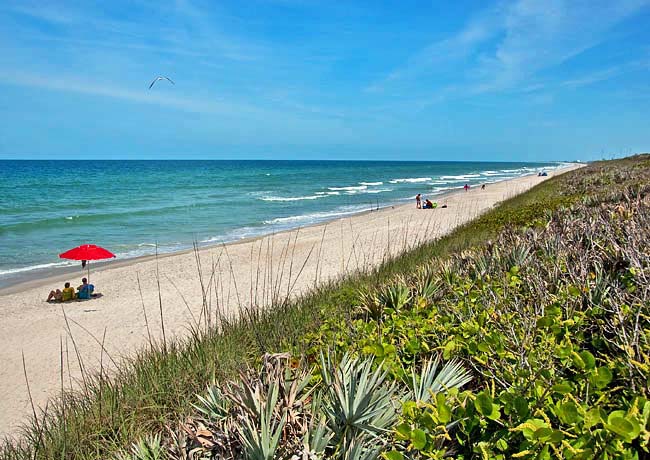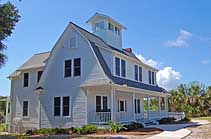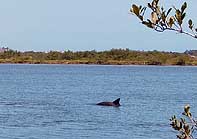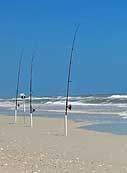|
Scenic USA - Florida Canaveral National Seashore |

| Photos by Ben Prepelka Ben Prepelka Photography |
Canaveral National Seashore, a 59,000 acre sanctuary, doubles as a nature preserve as well as a buffer zone for Cape Canaveral and Kennedy Space Center  rocket launches. Established in 1975 for safety and security, this outstanding stretch of coastline provided a safe zone around nearby cities and towns.
rocket launches. Established in 1975 for safety and security, this outstanding stretch of coastline provided a safe zone around nearby cities and towns.
Named Canaveral by early Spanish explorers, many archeological sites have been identified, where some of the most obvious are the prehistoric shell middens (Turtle Mound) left by Native Timucuan Indians. Visitors may schedule a stop at the Eldora State House (maintained by Friends of Canaveral) for a little bit of recent history. Built in 1913, the State House was one of a cluster of buildings making up the community of Eldora on the northern end of the park. Served by steamboats, about 100 landowners, citrus grove workers, fishermen and their families called Eldora home between 1877 and the early 1900s. When the
first railroad line moved into the area on the mainland, steamboat service to the island ended during the early 1900s. The lack of transportation and a hard freeze cleared out all but the hardiest residents in Eldora.
The Canaveral National Seashore, made up of  the largest expanse of undeveloped shoreline on the coast, is located east of Oak Hill in the north and Titusville to the south. Harboring one of the most diverse estuaries on the entire eastern seaboard, the park is home to over 1000 plant species, and 14 threatened and endangered species. The drive through the preserve offers numerous pullouts where wading birds thrive in the Mosquito Lagoon. Aquatic creatures here share their lagoon with one of the tourist's favorite sights, the alligator. The thin strip of coastal beach is
the largest expanse of undeveloped shoreline on the coast, is located east of Oak Hill in the north and Titusville to the south. Harboring one of the most diverse estuaries on the entire eastern seaboard, the park is home to over 1000 plant species, and 14 threatened and endangered species. The drive through the preserve offers numerous pullouts where wading birds thrive in the Mosquito Lagoon. Aquatic creatures here share their lagoon with one of the tourist's favorite sights, the alligator. The thin strip of coastal beach is  separated from the remainder of the island by a line of dunes that are covered with palmetto scrub, sea grapes and sea oats. A system of boardwalks and crossovers guide beachgoers over fragile dune vegetation. While ground cover offers some protection from wind and water erosion, it is no match for Florida's extreme weather, characterized by powerful storm surges and hurricane winds. Midway along the park's coastline, a 24 mile stretch of undisturbed beach is unreachable by motorized vehicles. Access to this section of Apollo Beach and Klondike Beach is from either end, requiring hiking, biking or horseback riding, and provides protection for 4000 endangered sea turtles and their nests. Maintained by the National Park Service since 1975, this unique section of coastline welcomes all beachgoers and nature lovers to enjoy one of the best things in central Florida.
separated from the remainder of the island by a line of dunes that are covered with palmetto scrub, sea grapes and sea oats. A system of boardwalks and crossovers guide beachgoers over fragile dune vegetation. While ground cover offers some protection from wind and water erosion, it is no match for Florida's extreme weather, characterized by powerful storm surges and hurricane winds. Midway along the park's coastline, a 24 mile stretch of undisturbed beach is unreachable by motorized vehicles. Access to this section of Apollo Beach and Klondike Beach is from either end, requiring hiking, biking or horseback riding, and provides protection for 4000 endangered sea turtles and their nests. Maintained by the National Park Service since 1975, this unique section of coastline welcomes all beachgoers and nature lovers to enjoy one of the best things in central Florida.
Park Map

|
Other Area Attractions |
Scenic USA Prints from
|
Copyright © 2022 Benjamin Prepelka
All Rights Reserved

